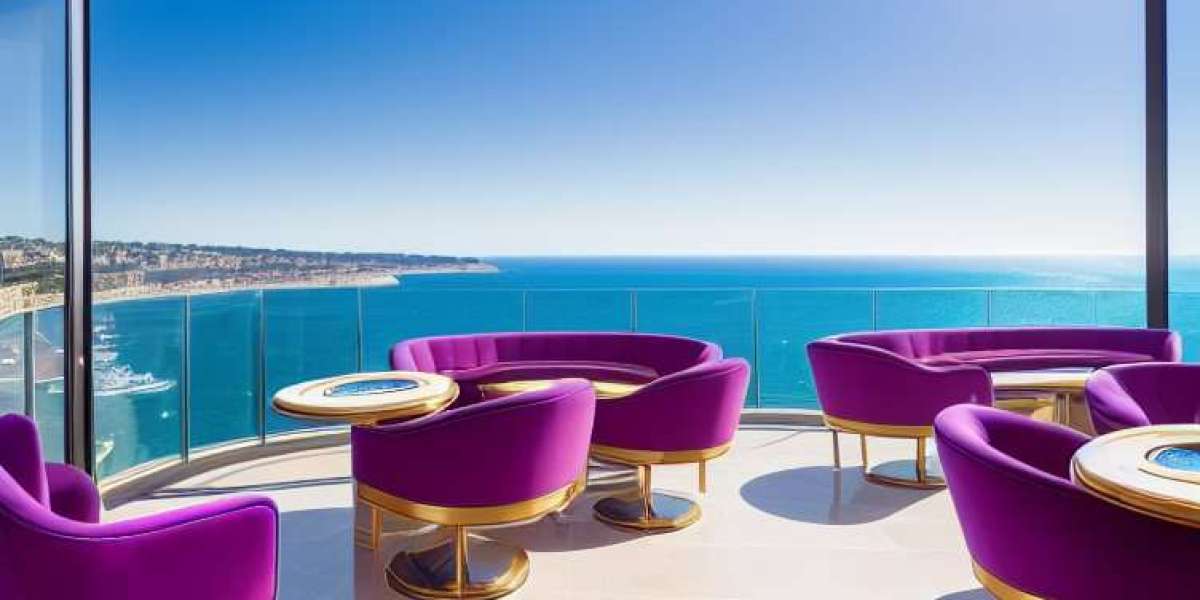Outdoor lighting does more than just illuminate the dark. It adds personality to your home, enhances curb appeal, improves safety, and deters unwanted guests. Whether you are lighting a cozy patio or setting up motion-activated floodlights, understanding the right level of brightness is essential. In this guide, we will answer a common but critical question—how many lumens do you actually need for security and ambience? With so many options on the market, getting it right means finding the perfect balance between functionality and aesthetics.
What Are Lumens and Why Do They Matter Outdoors?
Lumens measure the total visible light emitted by a source. The higher the lumen count, the brighter the light. When it comes to outdoor lighting, watts are no longer a reliable guide. A low-watt LED can produce high lumens, making it energy-efficient and effective. So when planning your outdoor lighting, the real question is not how many watts, but how many lumens do you actually need to meet your specific goals.
For example, security lighting requires bright, focused light that can cover wide areas, while ambient garden lights are meant to be soft and subtle. Using the wrong lumen level can either leave areas underlit and unsafe or overly harsh and uncomfortable.
Lumens for Outdoor Security Lighting
Security is often the top priority for outdoor lighting. Bright lights deter intruders, help security cameras capture clearer footage, and allow homeowners to navigate safely at night.
Here is a general guide for security lighting by location and purpose:
Motion Sensor Lights: 700 to 1300 lumens
These lights only activate when triggered, so a higher lumen count ensures maximum visibility during brief moments. Ideal for driveways, garages, and dark corners.Floodlights: 2000 to 3000 lumens
Designed to light up large areas like backyards or parking spaces. Choose fixtures with wide beam angles and weatherproofing for all-year-round use.Garage and Driveway Lights: 1500 to 2500 lumens
These should offer clear visibility when arriving home at night or parking vehicles. Mounting height also affects how many lumens do you actually need in this case.Perimeter Lighting: 1000 to 2000 lumens
Helps define the property line and increases visibility along fences or hedge lines. This can be combined with motion detection for efficiency.
The key with security lighting is brightness, but also direction. Make sure lights are aimed properly to avoid glare and unnecessary light spill into neighbors' windows.
Lumens for Outdoor Ambience and Decor
Lighting for ambience is less about brightness and more about mood. These lights highlight landscaping, pathways, architectural features, and seating areas, creating a welcoming environment.
Here is a breakdown of recommended lumens for ambient outdoor lighting:
Pathway Lights: 100 to 200 lumens
These lights guide guests along walkways and prevent tripping hazards. Soft, downward lighting works best for safety without overwhelming the space.Garden Spotlights: 150 to 300 lumens
Used to highlight trees, plants, or statues. Choose warm tones to bring out natural textures and avoid harsh contrast.Deck and Step Lights: 30 to 200 lumens
Installed on railings, stairs, or embedded into flooring, these lights provide safety with a decorative touch.Wall Lights and Sconces: 200 to 400 lumens
Mounted on exterior walls or pillars, they create a cozy glow perfect for patios and porches.String Lights or Fairy Lights: 5 to 50 lumens per bulb
Ideal for outdoor dining or festive gatherings, these provide a charming glow without being too bright.
For ambience, the question is not just how many lumens do you actually need, but also how you control and layer them. Consider using dimmers, timers, or smart lighting apps to fine-tune the atmosphere for different occasions.
Factors That Affect Lumen Requirements
Getting the right lumen level depends on more than just the intended use. Several environmental and design factors come into play:
Mounting Height: The higher the light is mounted, the more lumens you will need to maintain brightness on the ground.
Light Spread and Beam Angle: A wider beam may need more lumens to evenly illuminate large areas, while a narrow beam focuses intensity on a small target.
Surrounding Surfaces: Dark walls, trees, and ground coverings absorb more light than lighter surfaces, increasing the lumens you will need.
Distance from Target: Lights placed farther from the object or area they illuminate will require higher lumens to maintain effectiveness.
Weather and Outdoor Conditions: Rain, fog, and dust can all reduce the effectiveness of your lighting. Choose IP-rated fixtures designed for outdoor use.
These factors influence how many lumens do you actually need in each scenario. Taking them into account helps avoid common pitfalls like underlighting or creating light pollution.
Balancing Security and Ambience
While security and ambience serve different purposes, your lighting design can integrate both seamlessly. Use a combination of high-lumen floodlights for safety and low-lumen decorative lights for comfort. Motion sensors, smart scheduling, and zoning controls can help you switch between modes based on the time of day or activity.
Here is a sample layered lighting plan:
Use floodlights at the perimeter with motion sensors for after-hours protection.
Install pathway lights and deck lights on a timer for evening routines.
Use string lights for dinner parties or relaxing on the patio.
Add spotlights on trees or water features to enhance landscaping.
This approach ensures that your lighting setup is both beautiful and functional.
Final Thoughts
When it comes to outdoor lighting, brightness is not one-size-fits-all. Different areas of your property have different needs, and lumens are the key to getting it right. From deterring intruders to setting the perfect mood for an evening gathering, knowing how many lumens do you actually need makes all the difference.
With the right balance of light intensity, placement, and control, you can create an outdoor space that feels safe, looks stunning, and works for every occasion. Always check the lumen ratings before purchasing any light fixture, and tailor your choices based on purpose, location, and personal style. Your perfect outdoor glow starts with understanding lumens.
Read more: https://www.florevit.com/read-blog/35783














